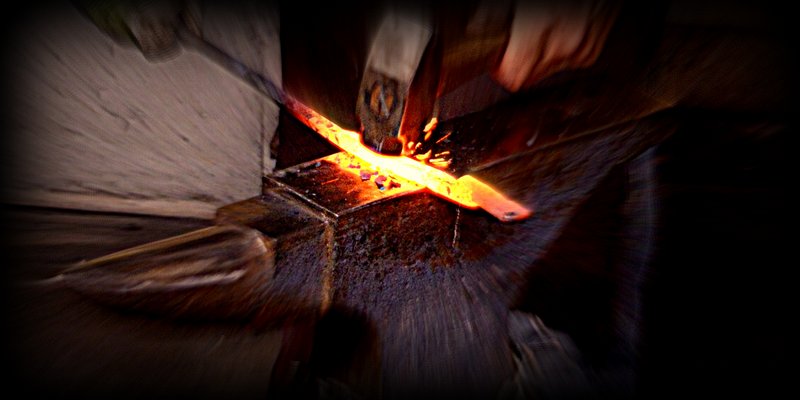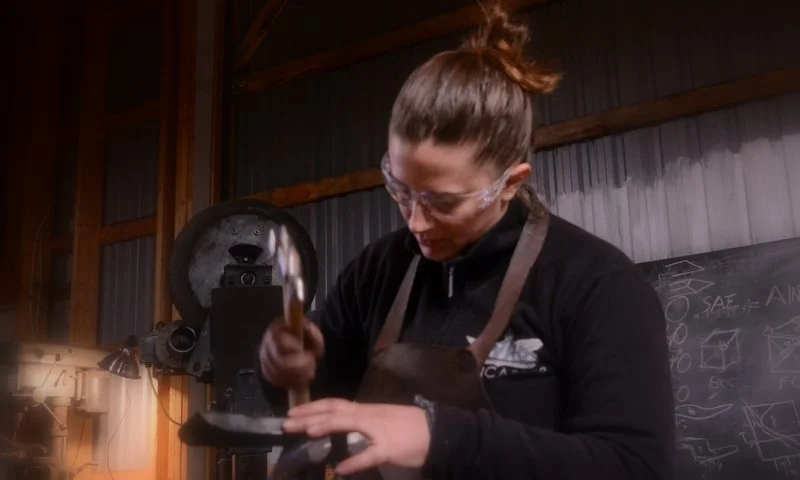Blacksmithing is a simple craft, and a deep one. The basics can be learned in a weekend, but to become proficient takes time and - above all – practice. Hundreds and thousands of repetitions to master each part of the whole.
But practice is more than just repetition. It is seeing and experimenting, learning what works and what doesn't, finding faster paths and new destinations. And this is where instruction can make a difference – having someone to tell you what works, correct your mistakes and give you a clear path forward can make the difference between learning and struggling.
I've struggled on my own, and I've done a lot of searching to find out what made some things easier to learn, what makes some teachers effective and others less so.
I use an intensive format because it's the most effective way for people to learn. Each student is totally immersed in the craft. In class we spend almost every minute practicing, theory is immediately applied with each exercise building on the preceding one.
Classes can be captivating, transforming, but they aren't “experiences” – I'm not interested in throwing bachelor parties, or chatting over wine while playing with tools.
I want to make more blacksmiths – I want my students to gain skills.
I teach because it's important. In our digital, industrial age the ancient hand-skills of the blacksmith are in constant danger of being lost forever. By following them for their own sake, we are able to keep them alive and growing.
Every new blacksmith minted is one more soul connected to tradition, every skill gained is one more mind made aware of just how much has gone before.


